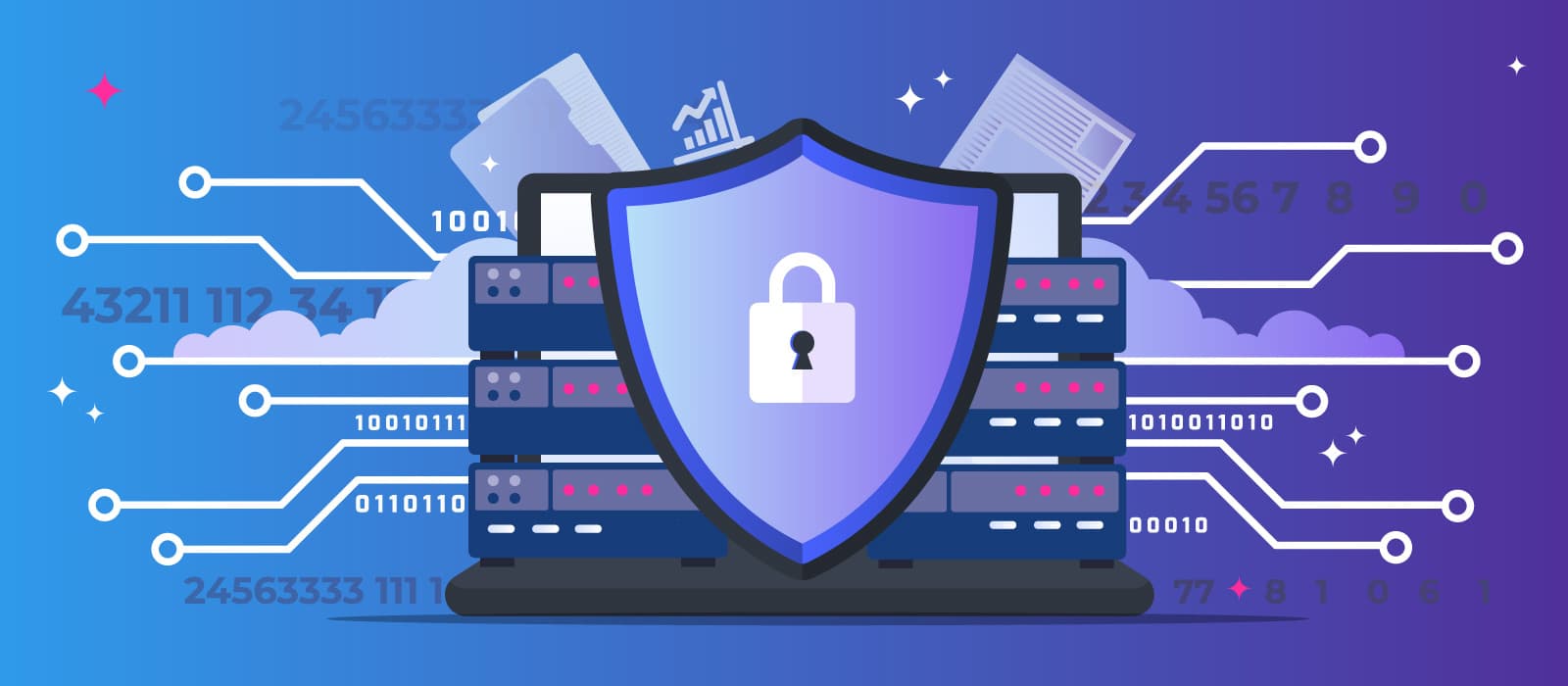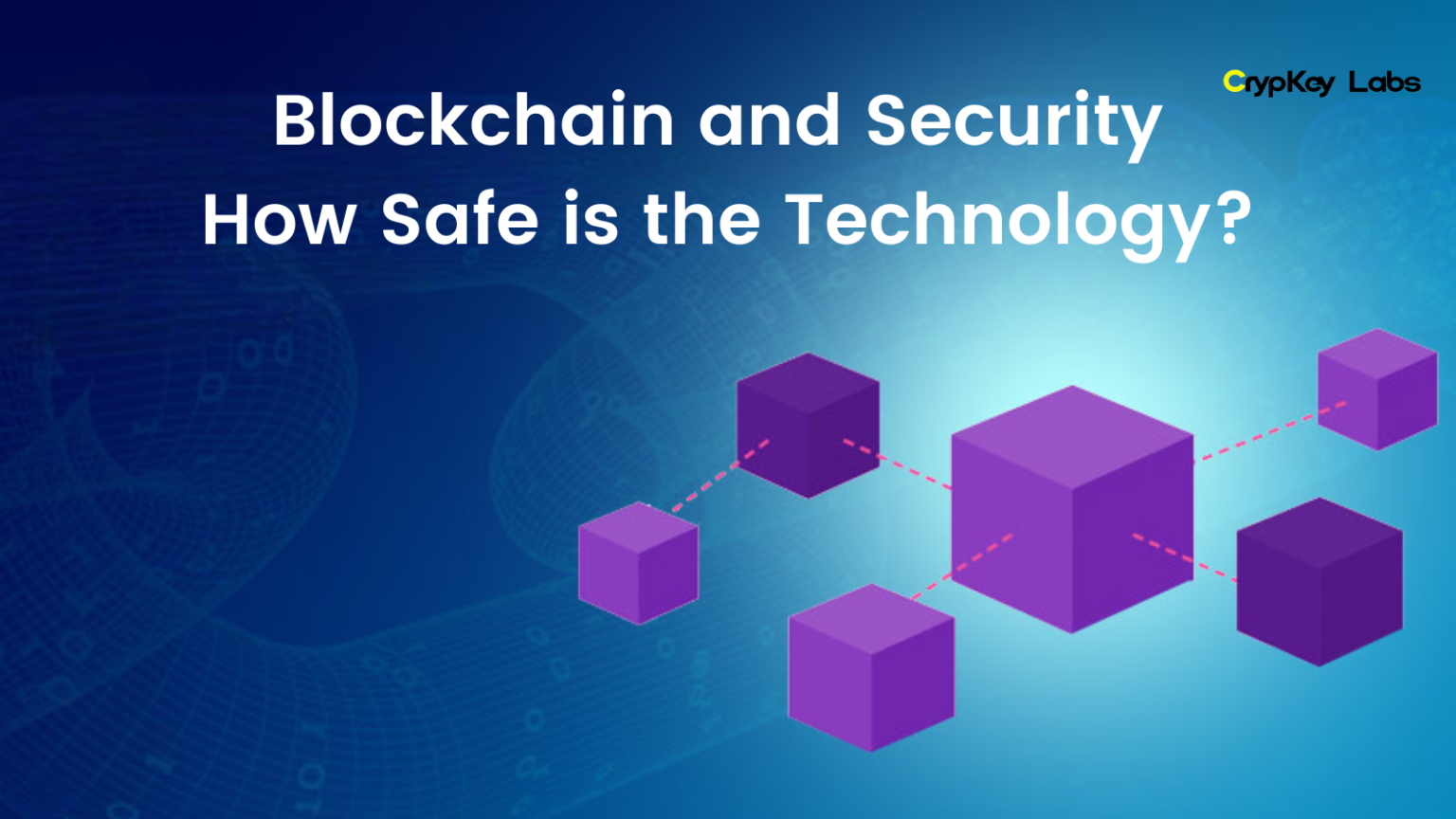Blockchain has become one of the most revolutionary technologies of the 21st century, transforming the way we think about digital transactions, data storage, and decentralized systems. From cryptocurrencies like Bitcoin and Ethereum to applications in supply chain management, healthcare, and finance, blockchain’s promise of transparency, immutability, and security has caught the attention of industries worldwide. However, the central question remains: How secure is blockchain technology?
In this blog, we will explore the critical elements of blockchain security, the potential vulnerabilities it faces, and the future of blockchain protection in the face of emerging threats like quantum computing.
Understanding Blockchain Security Features
Cryptography: The Backbone of Blockchain Security
Blockchain technology is fundamentally built on cryptography, a field of study that uses mathematical techniques to secure data and communication. At the heart of this security system is the hash function. A hash function takes input data and generates a fixed-length string of characters (known as the hash). This unique output acts as a digital fingerprint for the data, ensuring that even the slightest alteration to the input will result in a completely different hash.
In the context of blockchain, each transaction is hashed and grouped with other transactions into a “block.” Each block is cryptographically linked to the previous one, forming an unbreakable chain. If someone tries to tamper with a single transaction in a block, the cryptographic links (or hashes) of all subsequent blocks will break, alerting the network to the manipulation attempt. This provides a strong defense against unauthorized changes, making it extremely difficult for malicious actors to alter any data.
Another crucial cryptographic mechanism in blockchain is public-private key cryptography. Each user on the blockchain network has a pair of cryptographic keys: a public key, which is openly shared, and a private key, which is kept confidential. The public key is used to receive funds or messages, while the private key is used to decrypt them. Transactions are signed by the sender’s private key, providing proof of authenticity. This ensures that only the intended recipient can access the data, enhancing the security of the transaction.
Cryptography is, therefore, the first line of defense in blockchain technology, ensuring data integrity, authentication, and confidentiality. Without this cryptographic foundation, blockchain’s promises of security and trust would not be possible.
Immutability: A Key Security Feature
Another essential security feature of blockchain is immutability, which refers to the unchangeable nature of data once it is recorded on the blockchain. Unlike traditional databases where data can be altered or deleted, blockchain ensures that once a transaction or piece of data is added, it becomes a permanent part of the ledger.
The concept of immutability relies on the structure of blockchain itself. Every block contains a unique hash, as well as the hash of the previous block, linking them in chronological order. If anyone attempts to alter the contents of a block, the hash would change, breaking the chain of blocks. For the altered block to be accepted by the network, the attacker would have to recalculate the hash of that block and every subsequent block across the entire network—a computationally infeasible task, especially on large networks like Bitcoin or Ethereum.
This immutability is crucial for industries like finance, healthcare, and government, where the integrity of records is paramount. For instance, in healthcare, patient records stored on a blockchain are protected from unauthorized tampering, ensuring that the information remains accurate and trustworthy. In finance, transactions recorded on the blockchain cannot be modified, reducing the risk of fraud or manipulation.
However, while immutability is one of blockchain’s most significant strengths, it also presents challenges. For example, if incorrect data is entered into the blockchain, it cannot be easily corrected. Solutions like Layer 2 protocols or side chains are being developed to address such issues, allowing corrections or updates without compromising the immutability of the main blockchain.
Decentralization: Preventing Single Points of Failure
One of the main reasons blockchain is considered so secure is its decentralized nature. Unlike traditional centralized systems, where all data is stored on a single server or managed by one entity, blockchain operates on a distributed network of nodes. Each node holds a copy of the entire blockchain and plays a role in validating and verifying transactions.
This decentralization has significant security benefits. In a centralized system, a single point of failure, such as a hacked server or data breach, can compromise the entire system. However, in a decentralized blockchain network, there is no single point of failure. If one or more nodes are compromised, the rest of the network remains unaffected, and the compromised nodes can be easily identified and removed.
Moreover, blockchain uses a consensus mechanism to verify transactions. Consensus mechanisms like Proof of Work (PoW) or Proof of Stake (PoS) require the majority of nodes in the network to agree on the validity of a transaction before it is added to the blockchain. This distributed approach makes it nearly impossible for a single entity to alter or control the network without overwhelming the consensus.
For instance, Proof of Work, used by Bitcoin, requires miners to solve complex cryptographic puzzles to add new blocks to the chain. This process is resource-intensive, making it difficult for attackers to gain control of the network. Proof of Stake, used by networks like Ethereum 2.0, requires validators to hold a certain amount of cryptocurrency to participate in the consensus process, providing economic incentives to act honestly. These mechanisms protect the blockchain from fraudulent activities and ensure the integrity of the data.
Common Blockchain Attack Vectors
The 51% Attack
Despite blockchain’s robust security features, it is not immune to attacks. One of the most well-known attack vectors is the 51% attack. This occurs when a group or individual gains control of more than 50% of the network’s computing power (in PoW systems) or the majority of the staked assets (in PoS systems). With this majority control, the attacker could manipulate the blockchain in various ways, such as double-spending coins or reversing previously confirmed transactions.
In a 51% attack, the attacker could potentially rewrite parts of the blockchain, creating an alternate version of the chain that invalidates transactions. However, while this attack is theoretically possible, it is difficult and costly to execute, especially on large, established blockchains like Bitcoin or Ethereum. The sheer computational power and resources required to control 51% of the network make such an attack prohibitively expensive for most attackers.
Smaller, less-secure blockchain networks, on the other hand, are more vulnerable to 51% attacks. For example, several smaller cryptocurrencies have suffered from such attacks in the past, leading to significant losses for users and developers.
Sybil Attacks and Other Vulnerabilities
Another potential threat to blockchain networks is the Sybil attack, where an attacker creates multiple fake identities or nodes to gain disproportionate control over the network. This type of attack could disrupt the consensus mechanism or flood the network with invalid transactions, slowing down or halting the blockchain’s operations.
Other vulnerabilities in blockchain include smart contract bugs, where errors in the code of self-executing contracts can be exploited by attackers, and Distributed Denial-of-Service (DDoS) attacks, which aim to overwhelm the network with traffic, rendering it unusable.
To counter these threats, blockchain developers are constantly updating security protocols and improving the underlying infrastructure. Techniques like sharding, which splits the blockchain into smaller, more manageable pieces, and Layer 2 solutions, which allow transactions to be processed off-chain, help improve blockchain’s scalability and resistance to attacks.
Developments in Blockchain Security
Quantum-Resistant Algorithms
While blockchain is currently considered secure, there is an emerging threat on the horizon: quantum computing. Quantum computers, with their ability to process complex mathematical problems exponentially faster than classical computers, could potentially break the cryptographic algorithms that secure today’s blockchain networks.
Current encryption methods, such as RSA and ECC, rely on the difficulty of factoring large numbers or solving discrete logarithm problems—tasks that quantum computers could potentially solve in minutes. This poses a significant threat to blockchain’s cryptographic backbone.
In response, researchers and developers are working on quantum-resistant algorithms designed to protect blockchains from quantum attacks. These algorithms, based on post-quantum cryptography, are intended to withstand the computational power of quantum computers and ensure that blockchains remain secure in the future.
While quantum computing is still in its early stages, the development of quantum-resistant algorithms is crucial for the long-term security of blockchain technology. Leading blockchain platforms are already exploring ways to integrate these algorithms, ensuring that they remain ahead of the curve as quantum technology advances.
How Blockchain Ensures Secure Data Storage
Distributed Ledger Technology (DLT)
At the heart of blockchain’s security is Distributed Ledger Technology (DLT). Unlike traditional databases, which store data in a centralized location, blockchain’s DLT stores copies of the ledger across multiple nodes in a network. This decentralization ensures that no single point of failure can compromise the system.
If one node is hacked or compromised, the rest of the nodes continue to maintain the correct version of the ledger. This decentralized approach significantly reduces the risk of hacking, data loss, or system failure, making blockchain an ideal solution for secure data storage.
For industries that handle sensitive information, such as healthcare, finance, and supply chain management, blockchain’s distributed ledger offers a way to store data securely and ensure that it cannot be altered without the consensus of the entire network.
Smart Contracts and Security
Smart contracts are self-executing contracts with the terms of the agreement written into code. These contracts automatically execute transactions when predefined conditions are met, eliminating the need for intermediaries. While smart contracts add a layer of automation and efficiency to blockchain applications, they also introduce new security challenges.
If a smart contract contains a bug or error in its code, it can be exploited by attackers to steal funds or manipulate the contract’s execution. For instance, the infamous DAO hack in 2016 resulted in the theft of over $50 million worth of Ethereum due to a vulnerability in the smart contract’s code.
To mitigate the risks associated with smart contracts, blockchain developers conduct regular audits and use formal verification methods to ensure that the code is secure and functions as intended. By addressing these potential vulnerabilities, smart contracts can provide a secure and efficient way to automate transactions on the blockchain.
The Future of Blockchain Security
As blockchain technology continues to evolve, so too must its security protocols. While blockchain offers robust security features like cryptography, immutability, and decentralization, it is not without challenges. Emerging threats like quantum computing and increasingly sophisticated attack vectors mean that blockchain developers must remain vigilant and proactive in enhancing the security of their platforms.
One promising development is the integration of quantum-resistant algorithms, which will protect blockchains from the power of quantum computers. As quantum technology advances, the need for quantum-resistant solutions will become increasingly important to ensure the continued security of blockchain networks.
In addition to quantum resistance, blockchain platforms are also exploring new governance models and consensus mechanisms that further enhance security. These innovations, combined with ongoing research and development, will ensure that blockchain remains one of the most secure and trusted technologies for digital transactions and data storage.
Conclusion
Blockchain has revolutionized the way we think about security, offering a decentralized, tamper-proof method for storing and transferring data. With its foundation in cryptography, immutability, and decentralization, blockchain is widely regarded as one of the most secure technologies available today. However, it is not invincible. Attack vectors like the 51% attack and the emerging threat of quantum computing highlight the need for continued advancements in blockchain security.
As the technology evolves, so too will its security protocols, ensuring that blockchain remains at the forefront of secure digital systems. With developments like quantum-resistant algorithms and improved consensus mechanisms, blockchain is well-positioned to meet the security challenges of tomorrow and continue to play a critical role in the future of digital trust.







